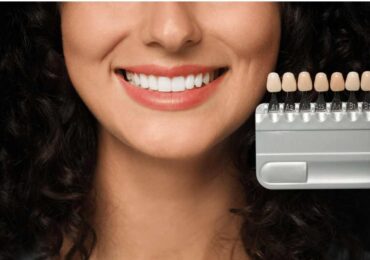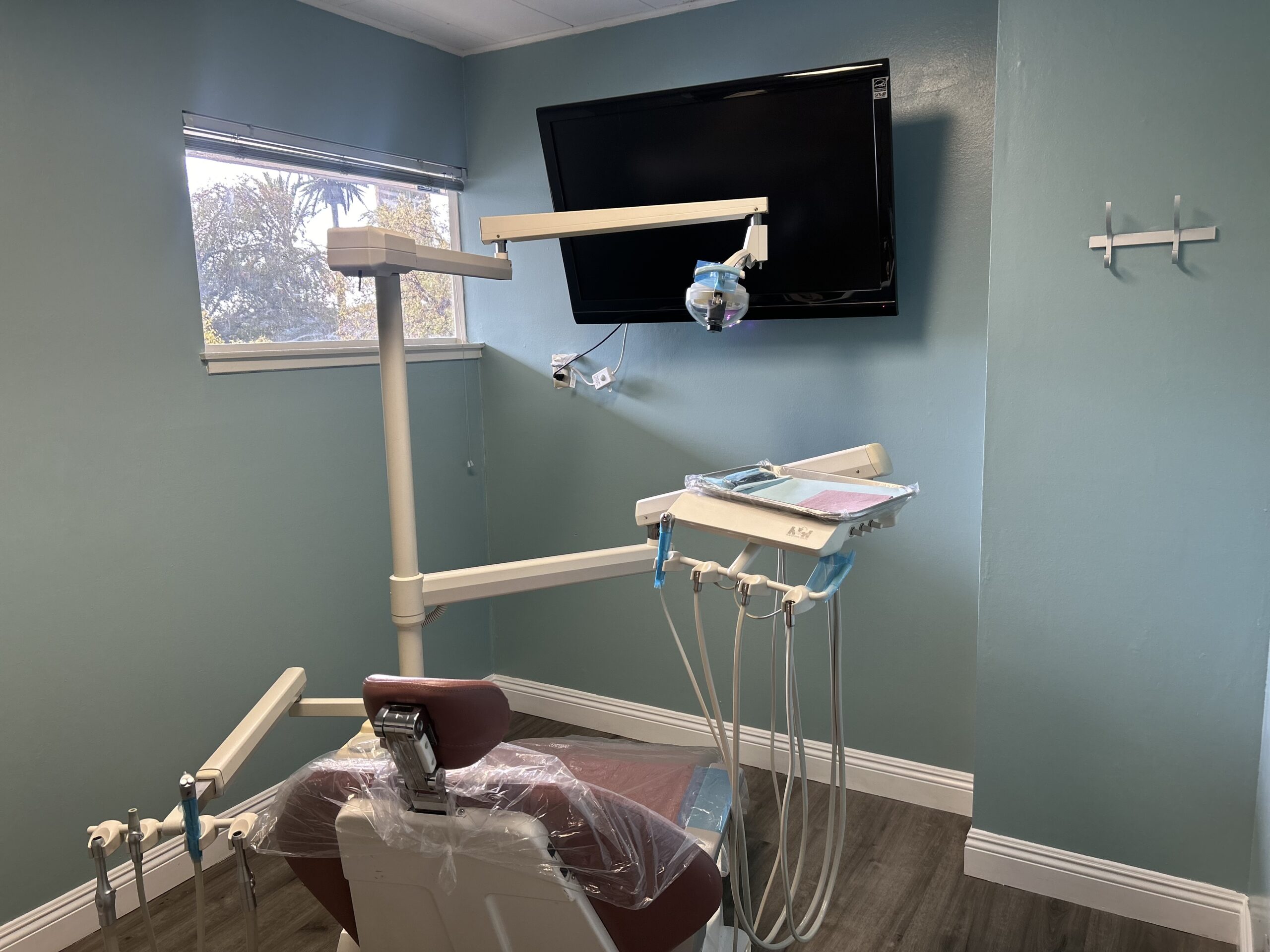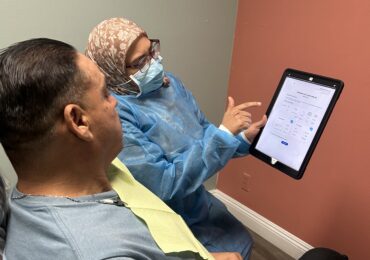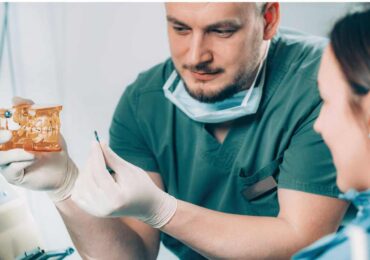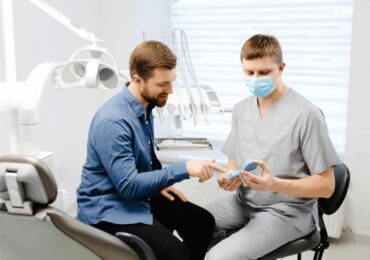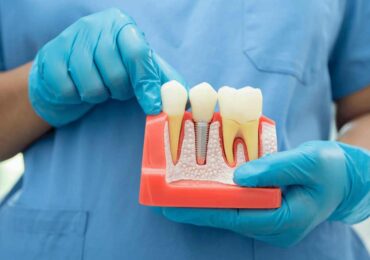DIY or Professional Teeth Whitening? An Upland Dentist’s Take
Everyone dreams of having a Hollywood smile, but not everyone fancies the Hollywood price tag. Let’s face it. Teeth whitening at the dentist can be costly, so many people look for affordable ways to whiten their teeth.
The good news is that several oral care companies provide affordable at-home teeth whitening solutions that are available over the counter.
But before you search online for the more affordable DIY whitening kits, ask yourself, are those store-bought teeth whitening kits just as good as getting your teeth whitened at the dentist? Or would investing in a guided treatment that claims to give you better and faster results make more sense? Find out in this article!
How Does Teeth Whitening Work?
Before we dive deeper into our main discussion, here is a brief explanation of how teeth whitening works.
When we enjoy our favorite foods and drinks, like coffee or tea, tiny particles can stick to our teeth and make them look less bright.
There are two main types of teeth stains. The first kind, like those from coffee or smoking, hangs out on the surface of your teeth. They’re easier to clean up with at-home whitening treatments such as strips, trays, and pens.
Then there are the deeper stains caused by things like medications or just getting older. These are harder to deal with and might need professional teeth whitening treatment.
Here’s what a typical in-office teeth whitening process looks like:
Step 1: Consultation
- Your dentist will ask about your whitening goals. After a short discussion, your dentist will assess whether your teeth and gums are suitable for treatment.
- They’ll record your starting shade for comparison post-treatment.
Step 2: Preparation
- Once you’re approved for treatment and set in for your first session, your teeth will be polished to remove surface stains and enhance whitening penetration.
- A cheek retractor is placed to expose all your teeth.
- Like a rubber dam, a protective barrier shields your gums from the whitening gel.
Step 3: Whitening Gel Application
- A professional-grade whitening gel (containing hydrogen peroxide or carbamide peroxide) is applied to your teeth.
- Concentrations range from 15% to 43%, significantly higher than at-home options.
Step 4: Gel Activation
- Depending on the system, a light source such as an LED may activate and accelerate the whitening process. Such technology is used during a Zoom whitening procedure and over-the-counter or take-home teeth whitening kits.
- This activation typically lasts 15-20 minutes and may be repeated during the session.
Step 5: Monitoring and Reapplication
- Your dentist will closely monitor your progress and the effects of the gel on your teeth and gums.
- Additional gel applications may be made during the same session, depending on your desired shade.
Step 6: Rinsing and Evaluation
- The gel is thoroughly rinsed away.
- Your dentist will evaluate and compare the achieved shade to your starting point.
- They may discuss touch-up options or recommend at-home maintenance.
Things to Consider When Getting Teeth Whitening
Before you book an appointment with your dentist or buy at-home whitening kits, there are a few things to consider to ensure you get the best results. Everyone’s teeth react differently, so having realistic goals about what whitening can achieve for you is essential.
Some whitening agents are stronger and work faster, but they might also make your teeth more sensitive. Too much might cause problems, but you need more to achieve the desired results.
Remember that the number of sessions needed to whiten your teeth depends on how tough the stains are, how strong the whitening method is, and how bright you want your smile. It varies based on your teeth and what you want.
What is The Best and Safest to Whiten Teeth?
There’s no single “best and safest” teeth whitening method, as the optimal choice varies depending on your needs and preferences. According to the Journal of the American Dental Association, tooth whitening with teeth whitening with peroxides is generally considered a safe and effective procedure.
Yes, various options are available when it comes to whitening your teeth. But regarding choosing the best teeth whitening method, consider your desired results (fast and dramatic vs. gradual), budget (in-office is pricier), potential for sensitivity (gentler options exist), existing oral health (consult a dentist first), and lifestyle habits (frequent staining foods could require more upkeep). Remember, prioritize safety and consult a dentist for the best option.
Professional treatment at the dentist’s office provides fast and effective results but can be pricey. On the other hand, at-home dental bleaching kits offer a more budget-friendly and convenient alternative.
Whitening toothpaste and strips are simple to use and can gradually improve the brightness of your smile over time. Some people prefer natural remedies like baking soda.
Ultimately, in-office procedures such as Zoom Teeth and laser whitening are considered the most popular options.
A recent survey found that among the top dental procedures in the US, 32% of them are in-office teeth whitening visits. This study shows that most Americans prefer visiting the dentist for its efficacy.
DIY vs. Professional Teeth Whitening
DIY teeth whitening kits offer undeniable convenience and affordability, readily available without prescriptions. Studies confirm their effectiveness in removing surface stains, with some even reaching deeper with hydrogen peroxide.
The effects of over-the-counter teeth whitening products may even last up to months or years, and they vary depending on factors such as the specific product used and the individual’s oral hygiene habits.
However, these benefits come with potential drawbacks.
Other studies warn of enamel damage and gum irritation risks. While accessible, DIY approaches may not guarantee safety or optimal results. Consulting a dentist ensures safe and effective whitening tailored to your needs, prioritizing oral health in the long run. Remember, convenience shouldn’t outweigh safety – talk to your dentist before diving into DIY whitening.
Nevertheless, if your current dental needs and budget necessitate a cheaper alternative, here are the different types of take-home products you can choose from:
- Whitening Strips and Trays ($20 to $50 per kit) – can provide noticeable results after a short period, but users may experience gum irritation.
- LED Light Devices ($20 to $100 or more) – easier to use compared to other over-the-counter products but may not be suitable for individuals with certain sensitivities
- Whitening Pens or Gels ($10 to $30 per pen) – easy to use but may not cover all teeth evenly, leading to uneven whitening
- Whitening toothpaste ($5 to $15 per tube) – easily incorporated into daily oral hygiene routine, but the whitening effect may take longer.
Let us look at the comparison between home-administered whitening kits and in-office dental visits.

What Teeth Whitening Stands Out
If you are looking for the most effective and reliable method of achieving your dream smile, visiting your dentist would be the best choice because you see results immediately.
Ultimately, while opting for in-office dental treatment may require a hefty cost, it can be a valuable step toward achieving your dream smile. After all, a beautiful smile can speak volumes.
Teeth Whitening Dentists in Upland, CA
Are you looking for a reliable cosmetic dentist in Upland, California? Your smile deserves the best care possible, and finding the right dentist can make all the difference. A skilled cosmetic dentist can help you achieve the smile of your dreams, whether you’re looking to brighten your teeth, correct imperfections, or enhance your overall appearance.
Take the first step toward achieving your dream smile by reaching out to experts who can provide valuable guidance and assistance.




